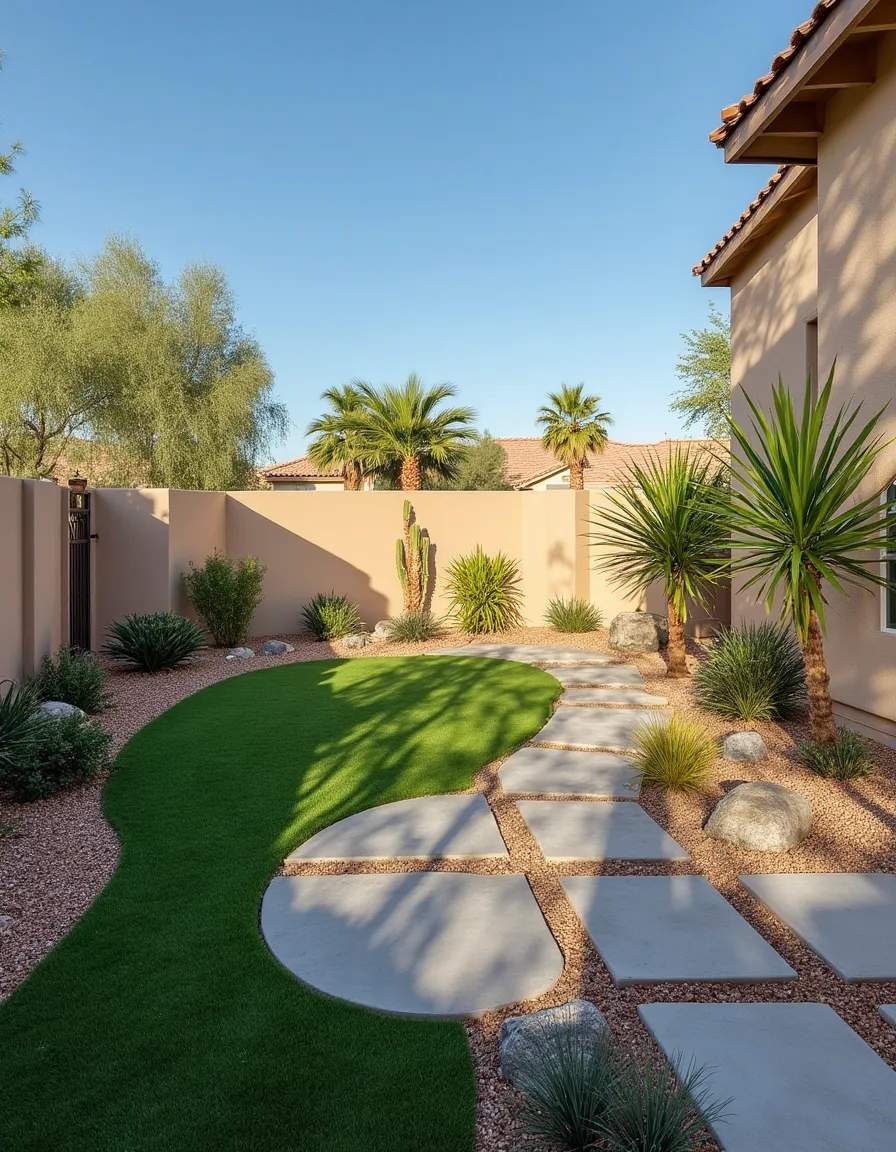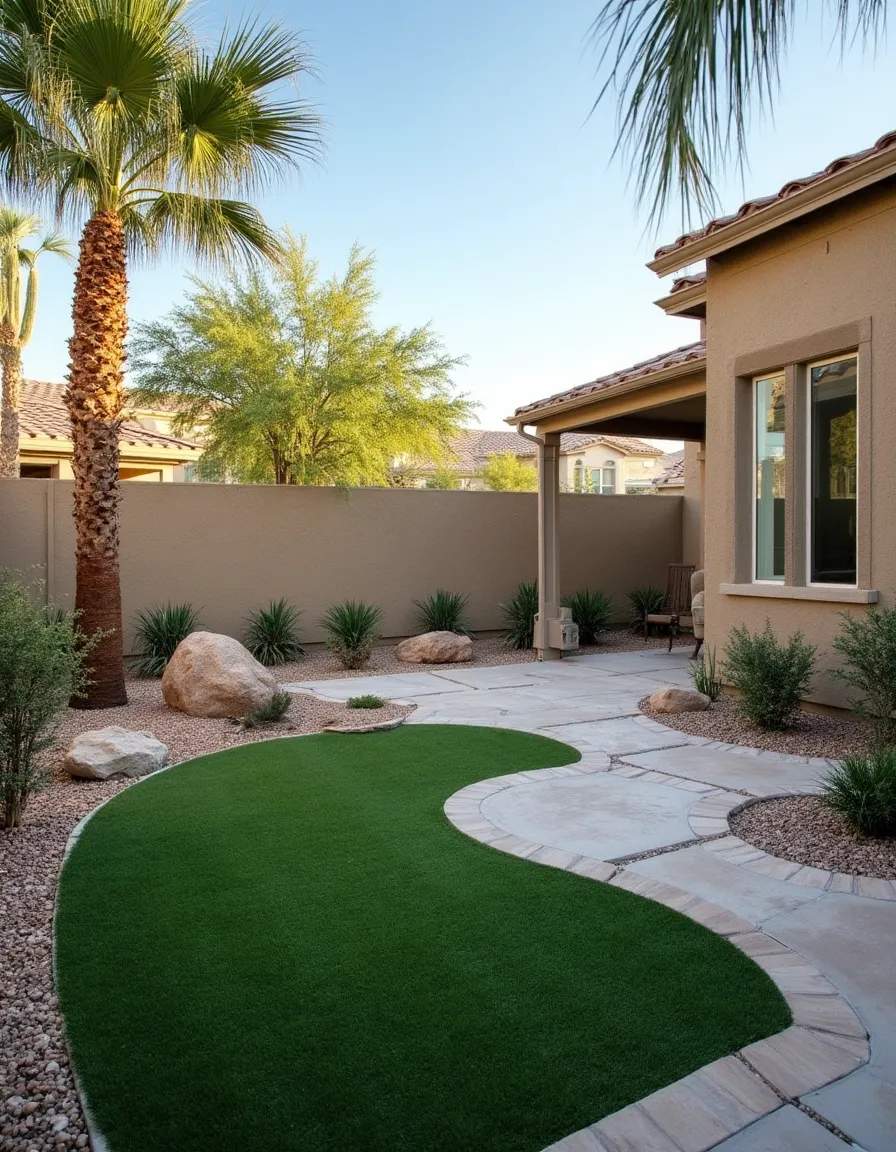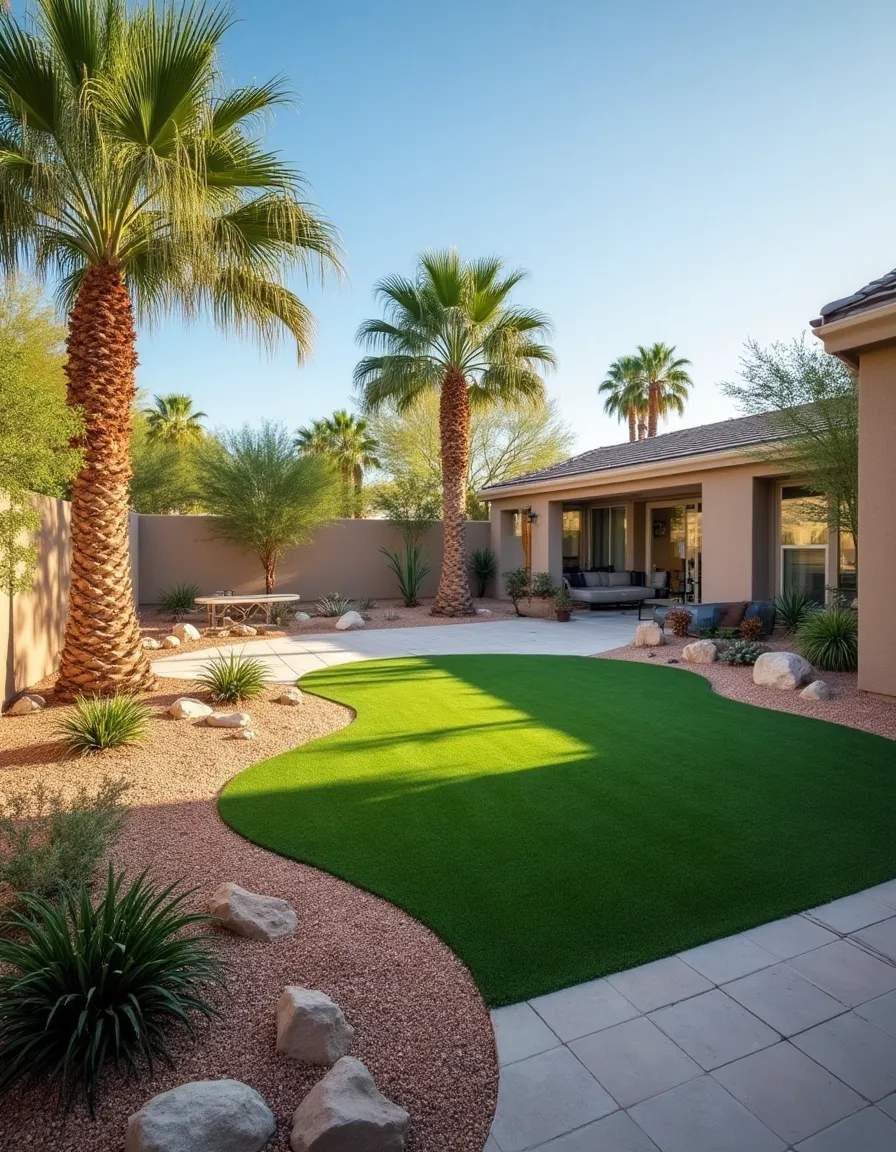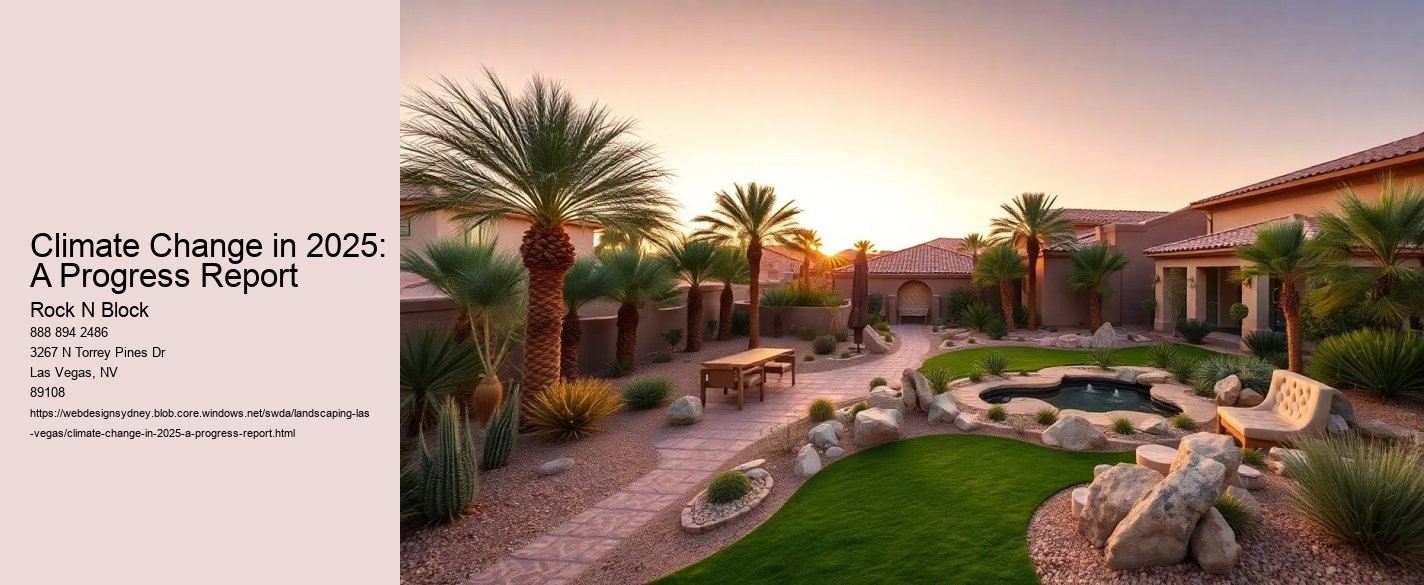Welcoming Automation and Expert System
Welcoming Automation and Artificial Intelligence to Maximize Performance in 2025
As we come close to the year 2025, it is becoming increasingly clear that automation and expert system (AI) are no more just lofty concepts and buzzwords, yet substantial tools that can reinvent our performance and performance. best Landscapers in Las Vegas Nevada. By accepting these technologies, we can open extraordinary levels of performance and streamline our tasks for the future.
Automation takes control of repetitive tasks, liberating our time to focus on higher-level responsibilities.
Climate Change in 2025: A Progress Report - luxury backyard landscaping Las Vegas NV
- modern front yard landscaping Las Vegas
- licensed landscapers in Las Vegas NV
- Las Vegas landscaping with succulents
- rock and gravel backyard design Las Vegas
- rock landscaping designs Las Vegas
Climate Change in 2025: A Progress Report - best landscaping companies in Las Vegas
- artificial grass installation Las Vegas
- Las Vegas backyard water feature installation
- landscaping services near Henderson from Las Vegas
- Las Vegas residential landscape lighting installation
- Las Vegas area landscaping contractors
Artificial intelligence improves automation to a whole new degree. AI systems can discover, adjust, and choose independently, making them not simply devices, however allies in our mission for efficiency. As an example, AI formulas can assess huge quantities of data much faster and properly than any type of human, giving businesses with important insights and forecasts. This enables more informed decision-making, optimized procedures, and improved customer experiences.
In addition, the assimilation of AI and automation can produce intelligent automation systems efficient in self-improvement. These systems can learn from their mistakes and constantly maximize their processes, leading to an ever-increasing effectiveness.
However, accepting automation and AI does not indicate eliminating the human component. These modern technologies are tools that are meant to enhance human abilities, not replace them.
Climate Change in 2025: A Progress Report - modern backyard remodel Las Vegas
- Las Vegas residential garden designers
- premium desert landscaping Las Vegas
- landscape rock delivery Las Vegas
- tree trimming and landscaping Las Vegas
- desert landscaping Las Vegas NV
In order to profit of automation and AI, we need to prepare. This involves obtaining new abilities and understanding, promoting a culture of constant discovering, and adapting our state of mind to this rapidly transforming globe. We need to likewise address honest and societal issues associated with these technologies, like job displacement and privacy issues, by implementing thoughtful plans and guidelines.

In conclusion, as we expect maximizing our efficiency in 2025, it is critical that we embrace automation and AI. These modern technologies hold enormous potential to transform our efficiency and performance. However, it is similarly important that we approach them with a human-centered point of view - leveraging them as devices to boost our capacities, while also attending to the going along with challenges sensibly. As we browse this interesting period of technological improvement, our success will hinge on our capacity to
Leveraging Digital and Increased Truth for Effectiveness
Leveraging Virtual and Augmented Truth for Effectiveness in 2025
As we stand on the edge of a technical change, the introduction of Digital Truth (VIRTUAL REALITY) and Augmented Fact (AR) assures to redefine our understanding of performance and productivity. By 2025, leveraging these technologies will be crucial in maximizing efficiency throughout numerous sectors, from service and industry to education and healthcare.
Digital Reality, with its immersive, three-dimensional interface, will certainly transform the means we work. With VR, physical constraints come to be irrelevant. VR headsets can deliver us to virtual workplaces, making it possible for remote job without shedding the advantages of a physical work environment. Conferences can happen in digital rooms, eliminating the requirement for traveling and its connected costs and time.
In addition, training and development, commonly a resource-intensive procedure, can be revolutionized by virtual reality. Complex treatments, be it in medical surgical procedure or airplane maintenance, can be exercised in a regulated and risk-free virtual atmosphere. This not only enhances the discovering experience yet additionally substantially lowers the expense of training.

Enhanced Fact, on the various other hand, superimposes electronic details onto the real life. In an expert context, this indicates that information and analytics can be accessed and shared in real-time. Think of an auto mechanic who can see the plan of a maker overlaid on the real equipment, or a retailer who can picture the sales information on the production line itself. This assimilation of data right into our prompt setting will certainly streamline decision-making processes, therefore boosting effectiveness.
In 2025, it is expected that AR and virtual reality will certainly be indispensable to clever home systems, maximizing power use, and automating home jobs. From pre-heating your oven on your commute home to changing lighting based upon ambient conditions, these innovations will make our homes much more energy-efficient and our lives easier.
Nonetheless, to make the most of performance with virtual reality and AR, it is critical to resolve the obstacles that come with these modern technologies. Issues concerning privacy, information protection, and the electronic divide has to be dealt with. Additionally, the capacity for over-dependence on technology and the consequent loss of human touch in interactions is a significant issue.
Finally, by 2025, VR and AR will have the prospective to redefine effectiveness in our individual and professional lives. Leveraging these innovations will need a mindful balance of innovation and guideline. Yet with the ideal method, the virtual reality and AR revolution can lead us into a future where efficiency is not just about doing extra with less, yet concerning improving the top quality of our job and our lives.
Adjusting to the Future of Remote Job
Adapting to the Future of Remote Job: How to Maximize Your Effectiveness in 2025

As we look in the direction of the future, it appears that the world of job is altering. The traditional office setting is making way for a much more flexible, remote functioning plan. By 2025, it is prepared for that a substantial part of the global workforce will certainly be functioning from another location, either full time or part-time.
Climate Change in 2025: A Progress Report - landscape lighting installation Las Vegas
- landscaping crews Las Vegas NV
- professional landscapers Las Vegas
- landscaping and hardscaping Las Vegas
- landscapers near North Las Vegas NV
- residential landscape services Las Vegas
In adapting to the future of remote job, it is essential to first embrace the technological innovations at our disposal. By 2025, we anticipate to see further growths in communication, collaboration, and project management tools. These technical advancements will certainly aid to link the space created by physical range, making sure groups can work together effortlessly despite their place. Therefore, remaining abreast with these technical shifts and integrating them into our day-to-day operations is paramount.
Second of all, we need to grow the ideal attitude. Remote job is not nearly working from home; its concerning being able to work effectively and effectively in a non-traditional atmosphere. This requires self-discipline, motivation, and excellent time monitoring abilities. Its about establishing the ability to separately handle your jobs and deliver within deadlines.
Third, it is important to establish clear interaction channels and methods. With team members spread throughout different areas and possibly time areas, clear and concise interaction is essential. Regular check-ins, comments sessions and open lines of communication can help to guarantee everybody gets on the exact same page and working in the direction of the very same objectives.
In 2025, we might also see a surge in the idea of coworking rooms. These shared work areas can offer the advantages of a typical office atmosphere-- like face-to-face interaction and a feeling of neighborhood-- without the rigidity. Utilizing such areas might aid to deal with sensations of isolation or interference that some remote workers may experience.
Lastly, its concerning attaining a work-life balance. One of the biggest obstacles of remote job is the obscuring of limits between personal and professional life. It is essential to create clear delineations in between work and personal time to make certain both rounds of life are nurtured and neither is neglected.
Finally, as we adapt to the future of remote work, it is crucial to accept the technical improvements that promote this shift, grow the ideal attitude, develop
Investing in Continual Discovering and Skill Development
Buying Constant Understanding and Ability Growth: A Key to Optimize Your Efficiency in 2025
As we continue to browse with the 21st century, the characteristics of the global economic situation and the workplace remain to advance at an unprecedented speed. This fast modification, sustained by technical advancements and digitization, demands individuals to constantly update their abilities and expertise. To take full advantage of efficiency and continue to be affordable in 2025 and past, purchasing continual learning and skill growth is no more an option, however a necessity.
Continual discovering is the procedure of frequently getting and updating all type of abilities, understanding, and understandings from both official and casual discovering experiences to cultivate individual and professional development. It incorporates a wide variety of activities, including reading, attending workshops and workshops, participating in online courses, and going after postgraduate degrees.
In the context of 2025, several factors make constant understanding and ability advancement critical. Firstly, the rapid innovation of technology, such as Expert System (AI), robotics, and artificial intelligence, is disrupting typical job roles and producing new ones.
Climate Change in 2025: A Progress Report - best landscaping companies in Las Vegas
- best landscaping companies in Las Vegas
- landscape lighting installation Las Vegas
- modern backyard remodel Las Vegas
- Las Vegas front and backyard landscaping
- luxury backyard landscaping Las Vegas NV
Secondly, business landscape in 2025 is expected to be a lot more competitive and unstable. Constant knowing allows people to adjust to these modifications by outfitting them with the required skills to take on complex problems, make informed choices, and innovate.
Third, the COVID-19 pandemic has underscored the significance of flexibility and durability, which can be promoted via constant understanding. The pandemic has sped up the change to remote job and digital systems, requiring efficiency in electronic skills and the capacity to promptly adapt to brand-new working environments.
As the nature of work progresses, soft abilities such as psychological knowledge, crucial thinking, and creative thinking become equally essential. Constant learning not only assists in improving these skills however likewise promotes a development frame of mind. This frame of mind, characterized by the belief that capacities and knowledge can be established, is vital for thriving in the dynamic globe of 2025.
To conclude, purchasing continuous discovering and skill development is important for taking full advantage of performance in 2025. It equips people with the required technical and soft abilities, promotes flexibility and strength, and cultivates a growth way of thinking. In the middle of the fast-paced technological and financial changes, those that pick to be long-lasting learners will be better placed to seize possibilities and browse challenges in the future. The future comes from those that learn, unlearn, and relearn in a continuous cycle of individual



